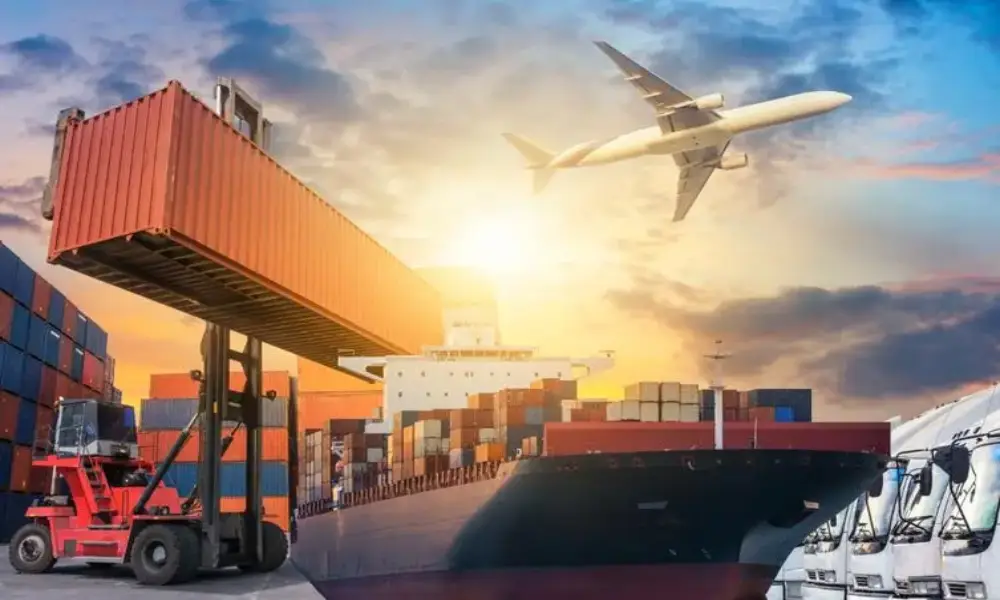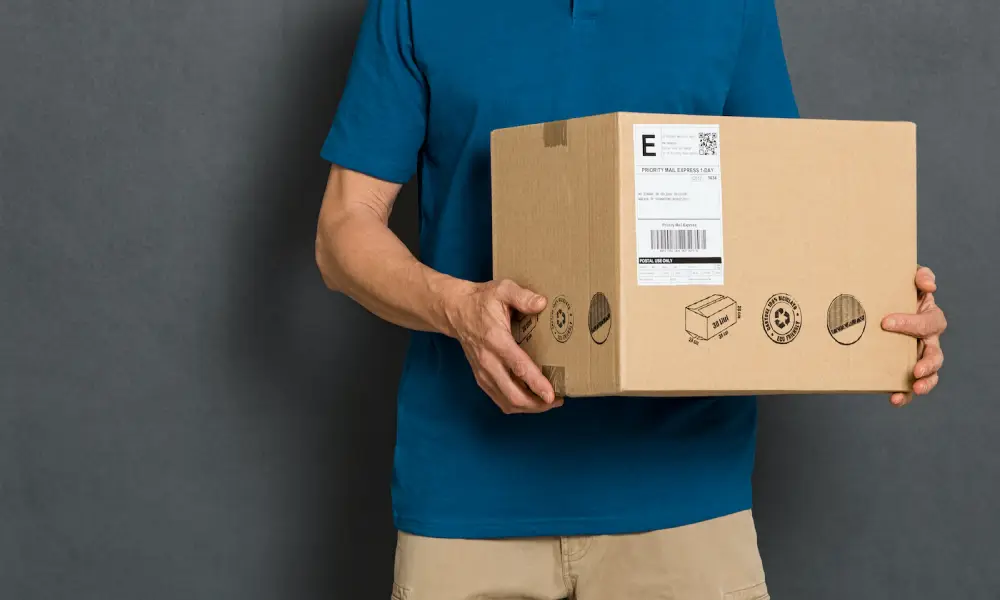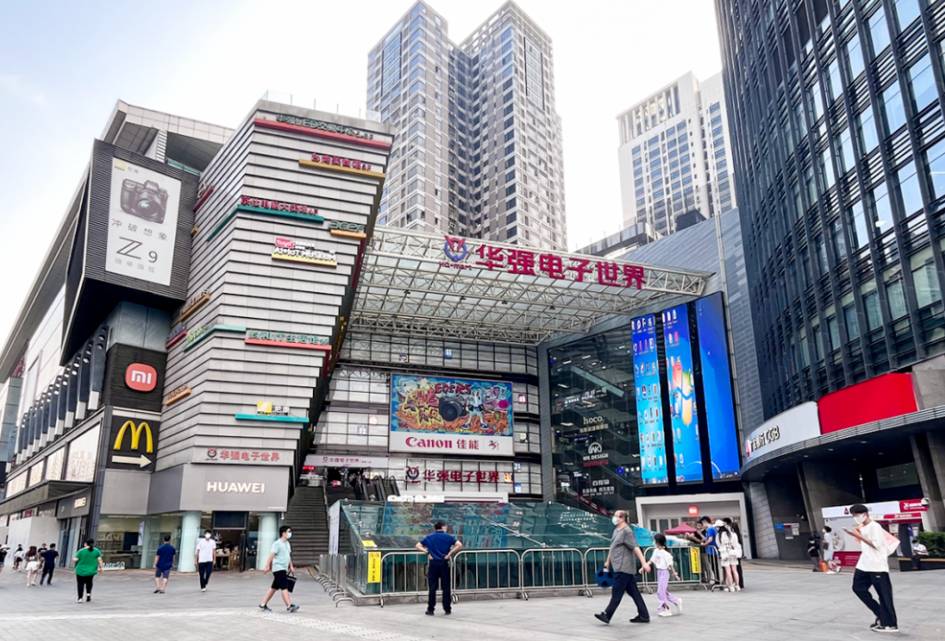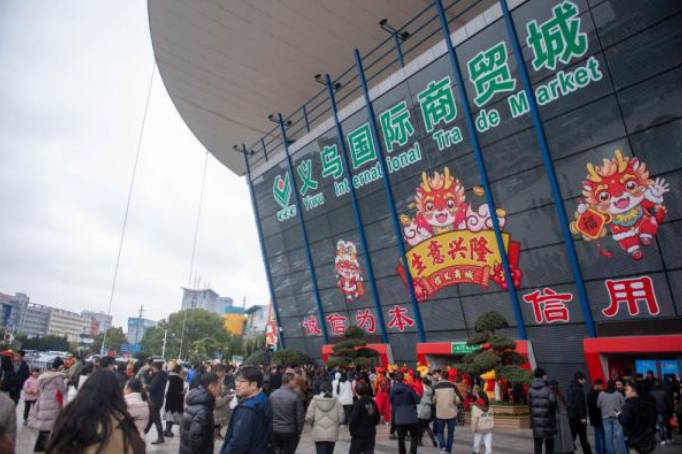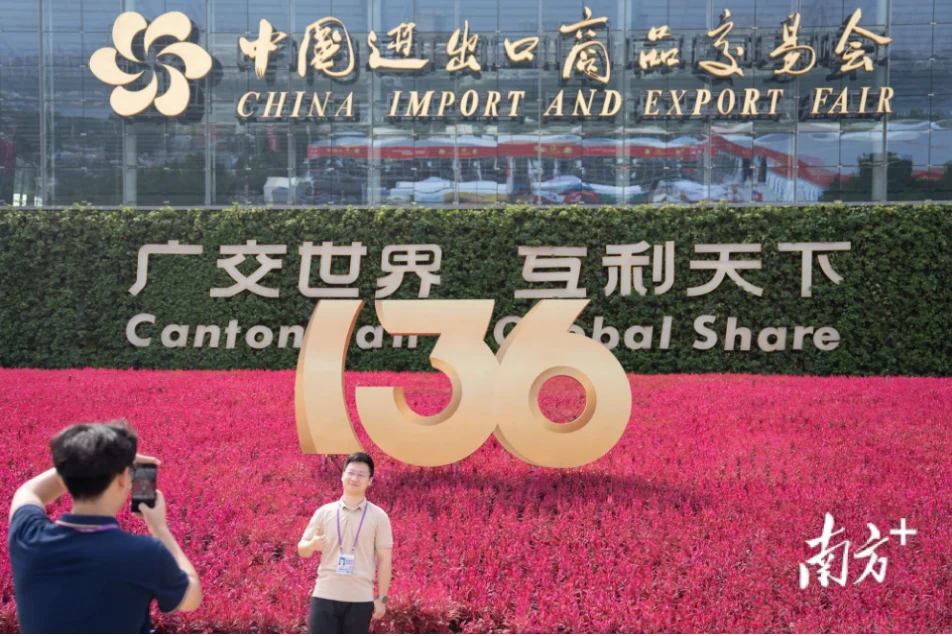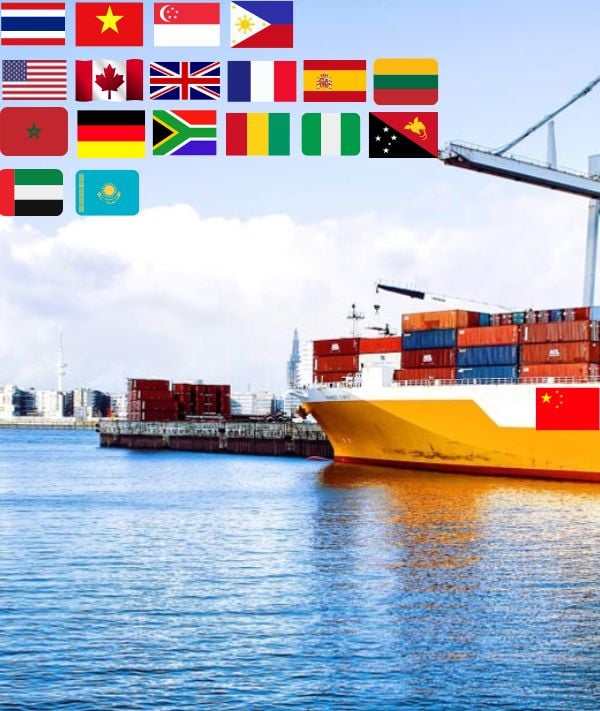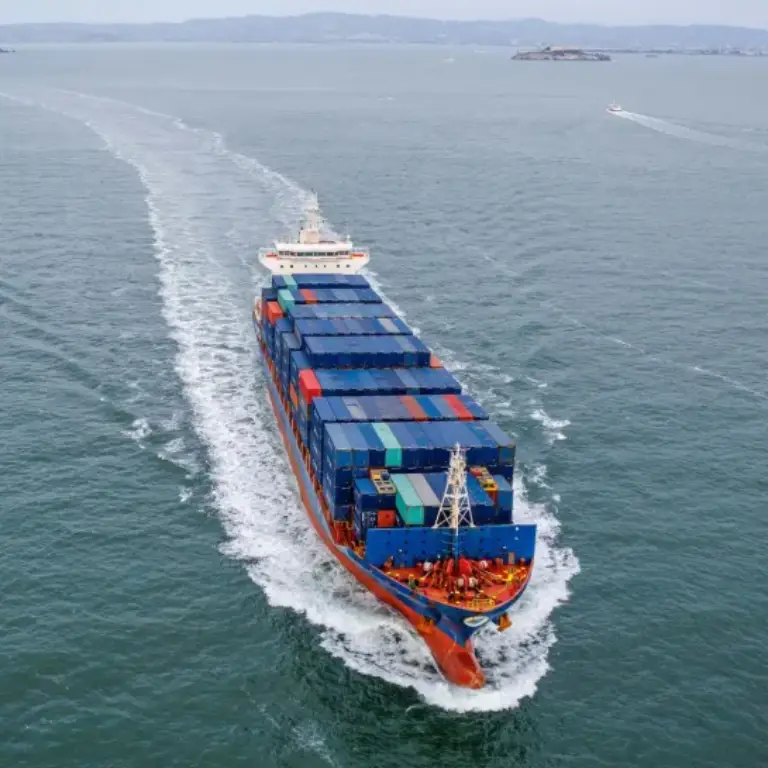
In today’s logistics environment, it is critical to ensure the safety of items during transportation. This article will delve into a comprehensive strategy for securing items during transportation.
As global logistics continues to grow, so do the risks that items face during transportation. Understanding these risks is critical to establishing an effective security strategy.
The Importance of Item Security
Ensuring Customer Satisfaction
Securing items has a direct impact on customer satisfaction. With a reliable security strategy, we can ensure customer trust and satisfaction with our services.
Avoiding Loss and Damage
Damage to items in transit can lead to financial losses for your company, so ensuring item security is vital to the sustainability of your business.
Compliance with regulatory requirements
Each region has different regulations and rules that impose strict requirements for the transportation of items. Complying with these regulations not only helps to avoid fines, but also enhances your company’s reputation.
Choose the right packaging materials
Choose abrasion-resistant materials: Choosing abrasion-resistant materials that can withstand the bumps and friction of transportation is critical to protecting your items. Reinforced cardboard boxes, plastic packaging, etc. are all options to consider.
Use cushioning materials: Using the right cushioning materials during the packaging process can effectively mitigate the effects of external impacts on your items. Bubble wrap, foam padding, etc. are common cushioning materials.
Water and moisture proofing measures: Items may be exposed to rain or humidity during transportation, so waterproof and moisture-proof measures must be taken. The use of waterproof packaging materials and humidity absorbers can be effective in preventing this.
Effective Packaging Methods
Use of proper packaging techniques: Train staff to use proper packaging techniques to ensure items are properly protected. Proper sealing of boxes, tape handling and inspection of package sealing are necessary steps.
Stacking and securing methods for items: Using proper stacking and securing methods when loading goods is key to preventing items from moving and bumping into each other. Reduce the risk of potential damage.
Avoid Overpacking: Overpacking not only increases costs, it can also lead to waste. Use the right amount of packaging materials to ensure that you protect your items without wasting resources.
Sorting and labeling items
Sort items properly: Properly sort items before shipping to ensure they are handled and packaged correctly. Distinguish between fragile and valuable items and target them for additional protection.
Label fragile and valuable items: Clearly label fragile and valuable items on packaging to alert handlers to take more careful measures. Reduce accidental damage to these items.
Provide clear labeling and instructions: Attach clear labels and instructions to packages to ensure that instructions are understood and followed at every step of the handling and delivery process.
Choose a reliable shipping service provider
Know the reputation of the transportation company: When choosing a shipping service provider, carefully investigate its reputation and customer feedback. Choosing a sourcing company with a good reputation will help ensure that items are handled properly during transportation.
Check the company’s transportation insurance policy: Ensure that the transportation company has proper insurance coverage for potential loss and damage situations.
Choose an experienced transportation service provider: Experienced transportation service providers are better equipped to handle various transportation challenges and provide more reliable services.
Implement tracking and monitoring systems
Utilize real-time tracking technology: Use advanced real-time tracking technology to ensure that you are always aware of the location and transportation status of your items.
Equip with monitoring equipment: Surveillance equipment is installed during transportation to monitor the status of items and the environment in which they are being transported. This helps identify potential problems and take action in a timely manner.
Ensure immediate response and problem resolution: Establishing an immediate response mechanism ensures that problems arising during transportation can be dealt with in a timely manner, reducing potential losses.
Contingency planning and risk management
Develop Contingency Plans: Develop detailed contingency plans that include a variety of possible emergencies and provide employees with the appropriate training to deal with these situations.
Conduct Risk Assessments: Conduct regular risk assessments to identify possible risks and take preventive measures to ensure responsiveness in the event of an emergency.
Train employees to respond to emergencies: Employees are trained in emergency situations to ensure that they are able to respond quickly and effectively to problems that may occur during transportation.
Continuous improvement and feedback mechanisms
Periodic review of the article transportation process: Regularly review the item transportation process, identify possible improvement points and take steps to improve overall efficiency and safety.
Collect Customer Feedback: Proactively collect customer feedback to understand their experience and make adjustments as needed to meet customer expectations.
Update item protection strategy: Update and refine item protection strategies based on changing needs and new lessons learned to maintain a high level of security during transportation.
In short, establishing a comprehensive in-transit item security strategy is not only a responsibility to the logistics company, but also a sign of trust to the customer. By taking a comprehensive approach to packaging, transportation service provider selection, monitoring systems, and emergency handling, you can ensure that items in transit reach their destination safely and securely, ultimately achieving customer satisfaction and business success. This comprehensive strategy not only helps to improve the efficiency of the transportation process, but also earns the company a good reputation.
Share This Story, Choose Your Platform!
We connect you with reliable factories, get the best quotes, deliver straight to your door.

